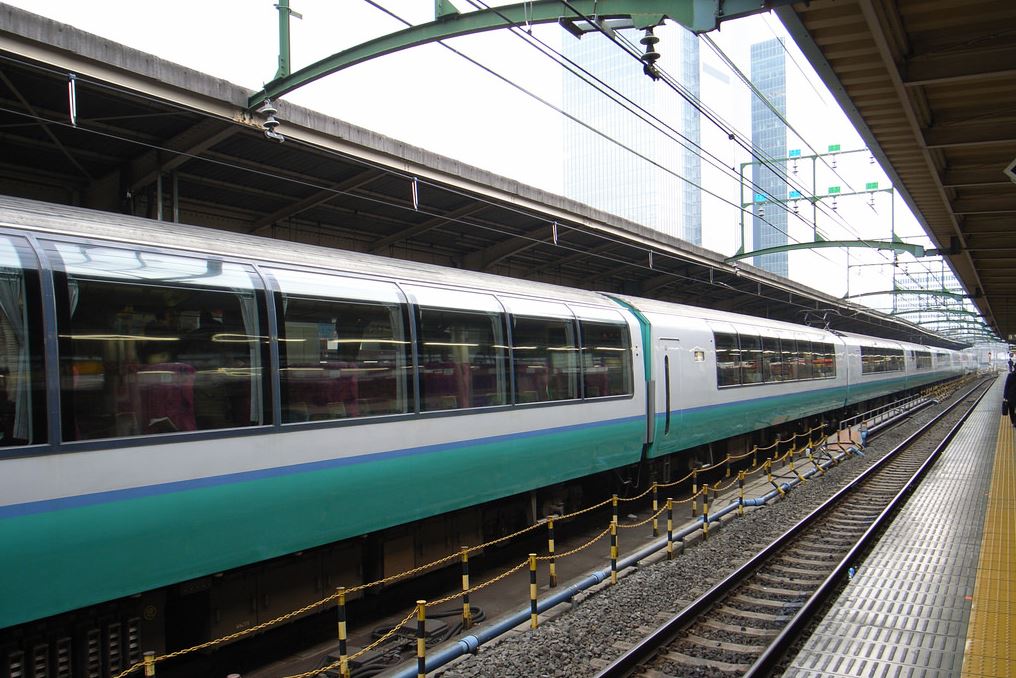
Transportation has always been the weak point in US infrastructure. We are world leaders in industry, medicine, energy production, and space exploration. But in terms of transportation, we are far behind the curve set by Europe and the Pacific Rim. The reasons for this are complex: geographic and cultural as well as political.
Remembering the Golden Age
In many ways, the heyday of American transit was the interwar period. Rail and shipping networks were densely ramified and highly competitive. Bus lines and airplane carriers were coming into prominence, and zeppelins competed with all of these modes of travel. The New York Times reports that in 1940, much of rural America was closer to the nearest train station, bus stop, or airfield than they were in 1980 or today. Hydrogen-lifted zeppelins had design flaws, but they also represented a willingness on the part of free enterprise to test new ideas. Again: what happened?
The Geographic Challenge
Some of our troubles, of course, are a matter of brute geography. If you want to build a transit network, it helps to be a small, flat country like England or Holland. The US is thousands of miles wide and encompasses two large mountain ranges.

That is fair enough, but it is also something of an excuse. After all, it would appear that American transit capability, relative to the rest of the world, has been declining for most of a century. The Great Plains haven’t got any wider; the Rockies haven’t gotten any taller. So what happened?
Looking for Explanations
For the right, the culprits are over-regulation, an eternally under-performing national passenger rail line, and budgets that de-prioritize infrastructure. The left is apt to point the finger at oil subsidies and their corollary, the subsidization of private cars and freeways, which have been hard for alternatives to compete with. All those critiques are accurate, but they do not add up to a full explanation.
Conclusion: Transit as Expectations
Political independents need to frame transit as a matter of infrastructure expectations. The modal passenger train in the US runs an embarrassing 5-15 minutes late, but we shrug at that. We focus our attention on big-talk projects like hyperloops while our allowing our remaining infrastructure to rust. Meanwhile, contemporary innovators like the new intercity bus lines are largely ignored (and wracked by regulations, although bus accidents are nearly unheard of). A dense, competitive, innovative transit network should be our basic expectation as a nation, not a fantasy. Or we’ll lose business.














